Documentary maker Marc McMenamin writes for Culture about his new RTÉ Documentary on One production, The Lost Mountaineers – listen to it above.
'A prodigious white fang excrescent from the jaw of the world'. The words of explorer George Leigh Mallory when he first gazed upon Mount Everest. Everest has always been associated with Sir Edmund Hillary and Sherpa Tenzing Norgay who completed the first known ascent to the summit in 1953. However, On 8 June 1924 George Mallory and Andrew Irvine were spotted from below going over one of the last major obstacles to the summit, only a few hours away from being the first set foot on the top of the world. But their companions lost sight of them in the mist and their disappearance left unanswered a question that has haunted mountaineers ever since: did they reach the top?
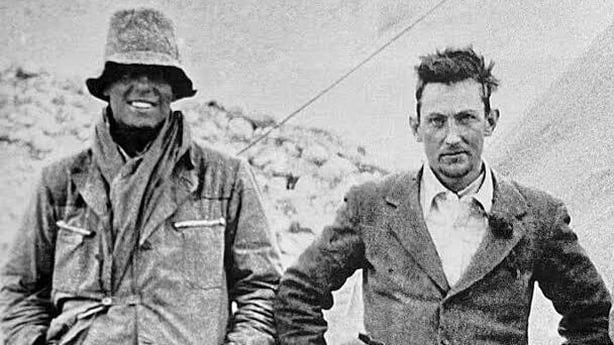
At the centre of that climb, perhaps the most important climb of all time was Irishman Richard William George Hingston a native of Passage West Co. Cork. A graduate of UCC Hingston served as medical officer and naturalist to the Mallory expedition to the summit of Mount Everest. Hingston’s diaries which are dramatized in the documentary provide an evocative insight into the climb as well as of the flora and fauna of the Himalya. They also provide some of the very first insights into the effects on altitude on the human body. Information which combined with the research of Scotsman and veteran of the 1921 Everest Reconnaissance Mission Alexander Kellas would prove to be much sought after by subsequent expeditions. The Hingston diaries were donated to TCD by his daughter Jill Hingston and were quoted with the kind permission of the Universities special collections department. Jim Murphy, a proud Passage West man and neighbour of the Hingston family was instrumental in helping me gain greater insight into Hingston and for his wonderful transcriptions of the diaries published in his beautiful book Passage to Everest and Beyond.
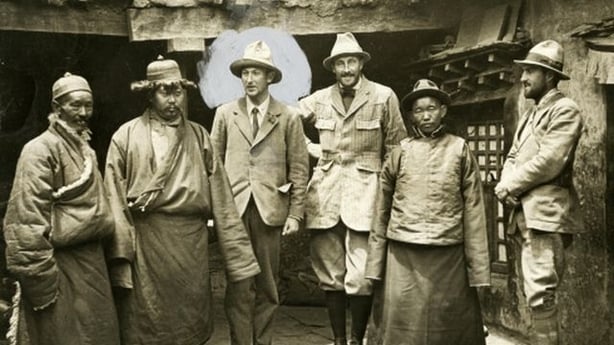
Personally I’ve always had an interest in Mount Everest or Chomolungma to the Tibetan people but I only became acquainted with the story of Mallory and Irvine late last year. The Irish dimension through Richard Hingston I felt was particularly compelling so thus began a journey that would lead me to Oxford in the United Kingdom in early June 2023. I was extremely fortunate to meet there many of the family members of the 1924 Everest Expedition and hear their first-hand accounts of Mallory and Irvines attempt on the summit. I am particularly indebted to Julie Summers great niece of Andrew Sandy Irvine and Peter Odell the Grandson of the famed alpinist Professor Noel Odell who made the famous sighting of Mallory and Irvine high on the North East ridge of the mountain back in 1924. Odell’s sighting is hugely important to this story and his description of Mallory and Irvine "silhouetted on a snow slope and going strong for the top" is legendary in the mountaineering world. I also had the pleasure of meeting historian and author Mick Conefrey, an expert on the history of the great mountain. All were most generous with their time and helped provide a rich tapestry of personal accounts which have made this documentary so compelling to make.
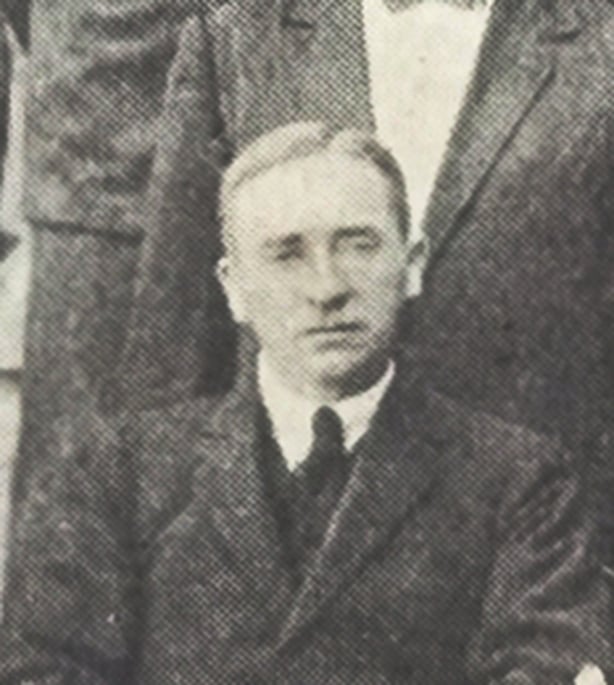
Also central to the telling of this story was my fellow county man Donegal Mountaineer Jason Black who is one of the most impressive people I’ve had the luck of meeting over the years as a documentary maker. Jason is an Everest summiteer and travelled the same route on the Northern side of the mountain like Mallory and Irvine in 1924. Jason is in no doubt of the scale of the achievements of both men:
"They were first to space in mountaineering terms. It was like walking on the moon. People have no idea what these guys did. They were the first to realise that it was possible. They made it easier for us. They are the shepherds and we are the sheep. I and others are in no doubt standing on the shoulders of Mallory and Irvine."
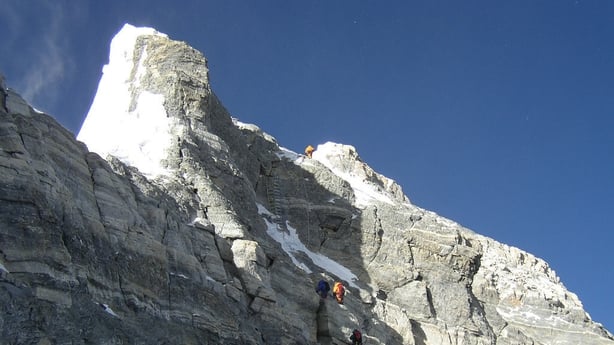
I also spoke to Prakash Shreetha a guide who works in the Everest Region. Prakash gave invaluable insights to the documentary particularly in terms of the effects of altitude and which is required in mountaineering terms to climb a mountain as fearsome as Everest. During my trip to the UK I also travelled to the Royal Geographical Society which is located in impressive building in Kensington Gore next door to the world-famous Royal Albert Hall. The RGS is very much connected to the Mallory and Irvine story as it was this hallowed institution along with the Alpine Club that formed the Mount Everest Committee which financed and organised the 1924 Expedition. However my visit to the RGS coincided with a different anniversary namely the 70th anniversary of the Edmund Hillary and Sherpa Tenzing Norgay’s 1953 successful summit attempt. While there I was very fortunate to meet Peter Hillary the son of Sir Edmund Hillary who kindly spoke to me about the influence of Mallory and Irvine on his father.
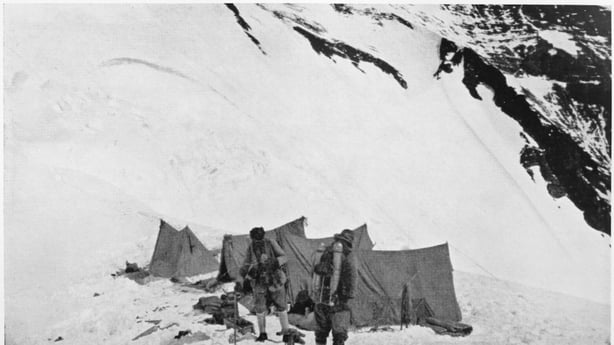
So who was the first to stand on the summit of Mount Everest and gaze on that famous vista that had hitherto not been gazed on by man before? It’s a question that this documentary the Lost Mountaineers attempts to shed some light on. And lost indeed they all were. Mallory and Irvine lost in the mists of time and the Irish connection through Dr. Richard Hingston lost to the pages of popular history. Next year it will be 100 years since George Mallory and Andrew Sandy Irvine set off for the summit of Chomolungma, Everest the mountain the Tibetan people call mother goddess of the earth. I’ve no doubt interest this story and that of those brave men who walked head on into the elements that day in 1924 will continue to inspire and generate interest. Perhaps its best to leave the last words to George Mallory himself who when asked by a reporter from the New York times in 1922 why climb Mount Everest. His simple reply says it all really. "Because it’s there!"
Listen to more from RTÉ Documentary On One here.
